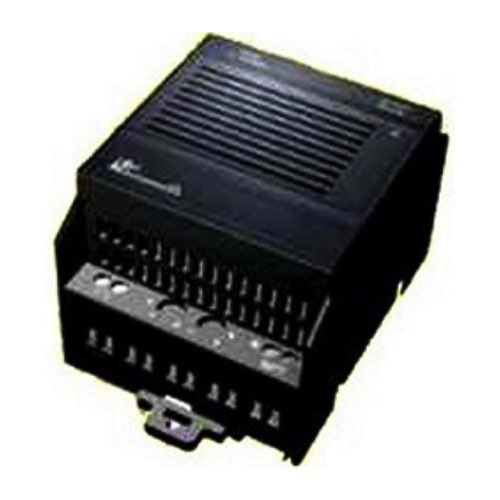PowerStream DC UPS

Uninterruptible Power Supply (UPS) provides backup power when the flow of electricity stops or drops to an inadequate voltage. Backup power can be provided for a specific amount of time, so that generators can be activated or network components can be properly shut down.
PowerStream PST-SP Series of battery backup power supplies are designed with a universal input (85 to 260 VAC, 47 to 63 Hz or 120 to 340 VDC), 12 or 24 V power supply with a built-in DC battery backup charger and switch. They can charge any 12 or 24 V SLA, VRLA, gel cell or AGM lead acid battery and instantly switch over to battery power upon power failure with zero crossover time. They can be used with or without the battery as DIN rail mount power supplies and are specifically designed for infrequent battery use. The charger charges the battery slowly and may not be applicable for systems with frequent power outages. The units can also be used as high voltage input DC/DC converters with battery backup. The input voltage can be DC instead of AC if the supply voltage is between 140 to 340 VDC.
AC UPS vs DC UPS
An Uninterrupted Power Supply (UPS) is an electrical device that provides backup power via a battery to a load when regular utility power has been lost. Depending on the UPS, some can provide protection against voltage spikes or power surges that help protect any equipment that is connected to the UPS. UPSs are not intended to be used for long periods of time. Typically, they are only used for short periods of time to provide critical backup power until an alternative power source can be provided.
When using an AC power supply, everything that is downstream of the UPS will be on battery backup in the event of a power failure. In many cases, the AC UPS will be wired somewhere at the beginning of the power distribution circuit to ensure that almost everything in the panel has battery backup in the event of power loss, including the DC power supply and all DC related hardware. Anything upstream of this UPS, will not have battery backup and will not function during a power failure.
When using a DC UPS, the same principle will apply. Everything downstream of the DC UPS will remain energized in the event of a power failure, however, if the control panel has any AC powered devices, they will not receive any kind of battery backup in the even of a power failure. So in general, an AC power supply will protect more components within the panel. With that said, in most cases, AC UPSs are much larger and can take up a great deal of space in a control panel. Also, it is common to see control panels that have almost all of the critical hardware using DC power. So, if space allows and there are various AC powered devices that need to remain running in the event of a power failure, an AC UPS would make a lot of sense. Conversely, if space is limited and there are no essential pieces of hardware requiring AC power, a DC UPS might be the better option.

